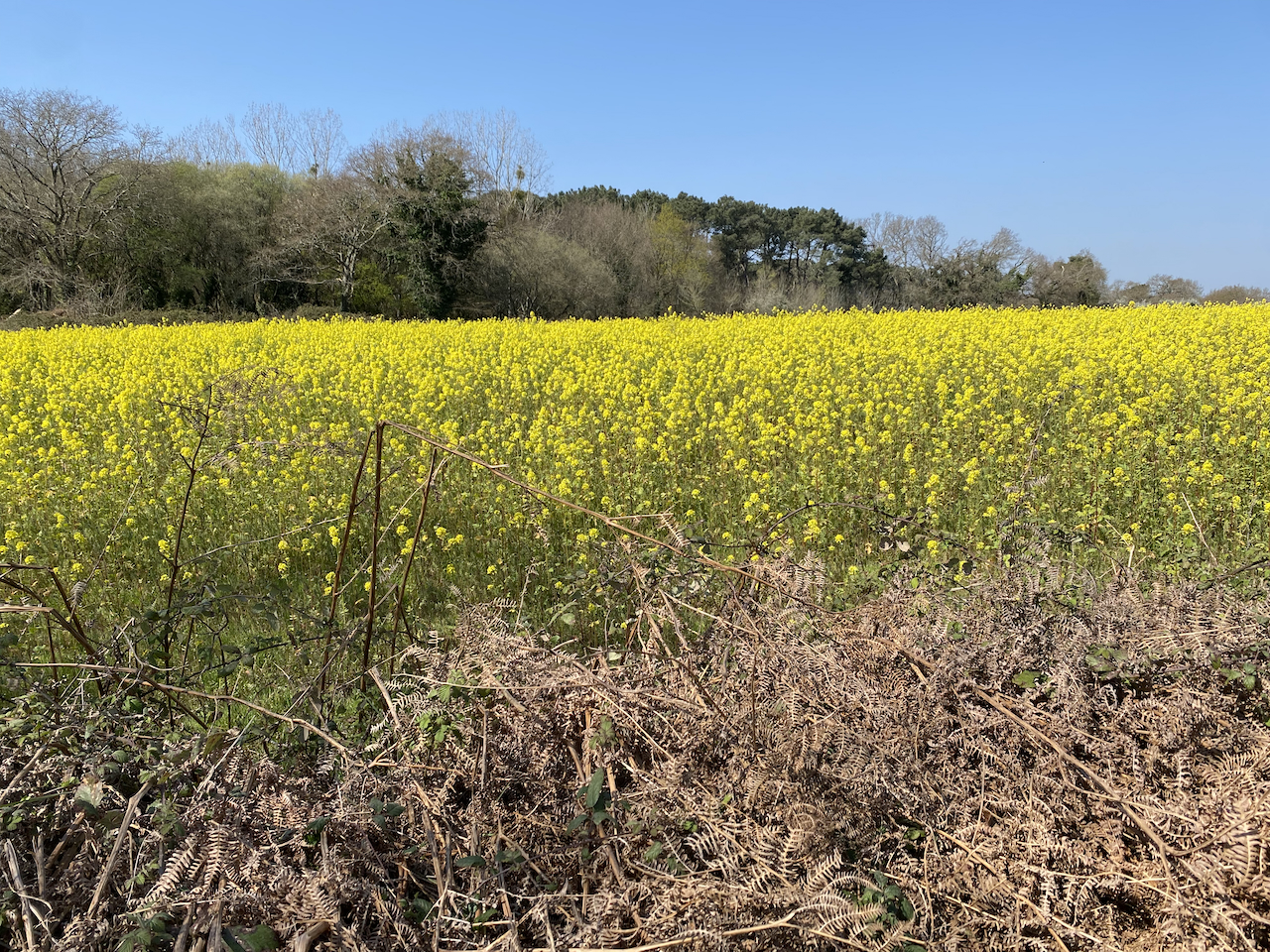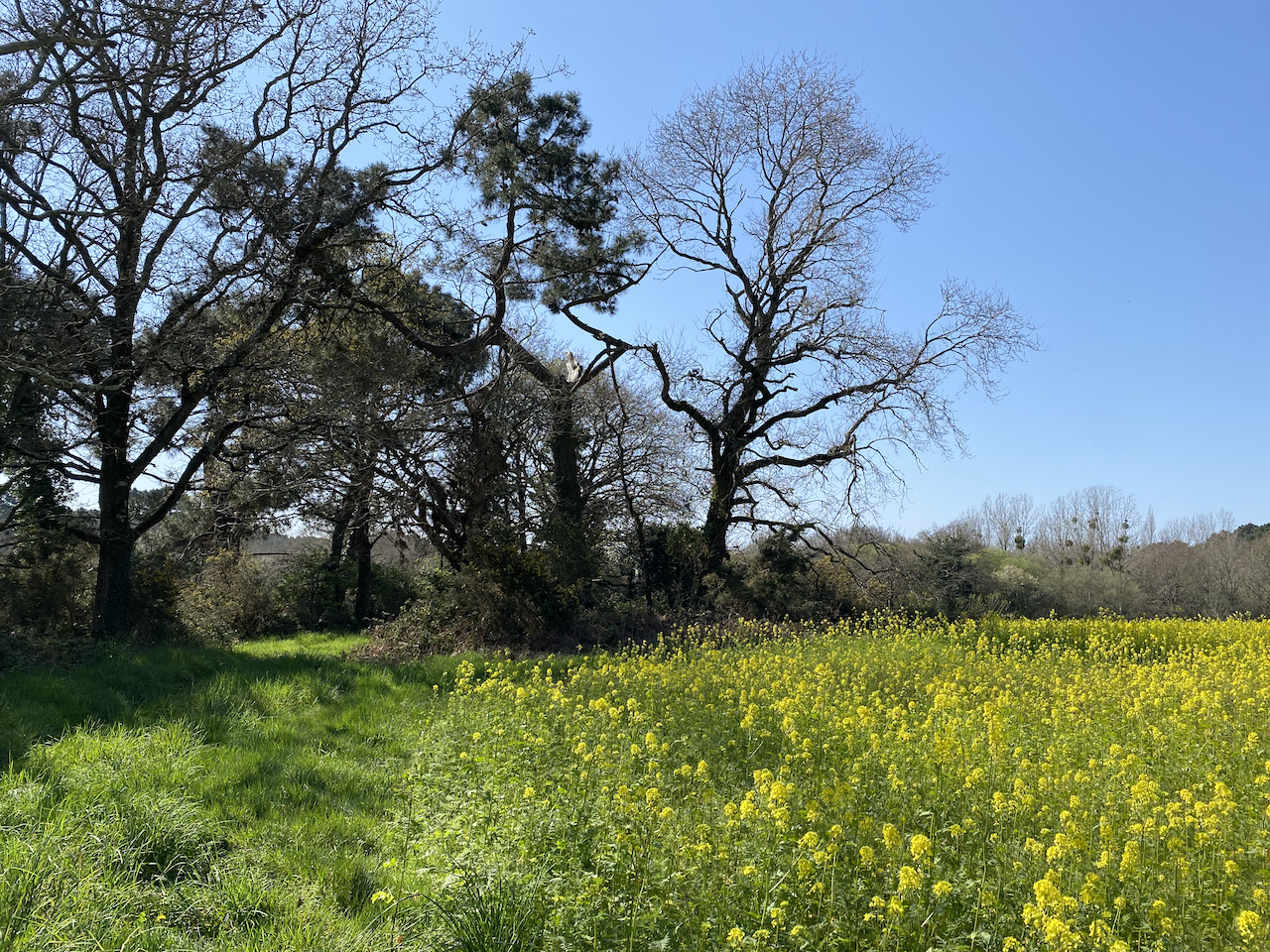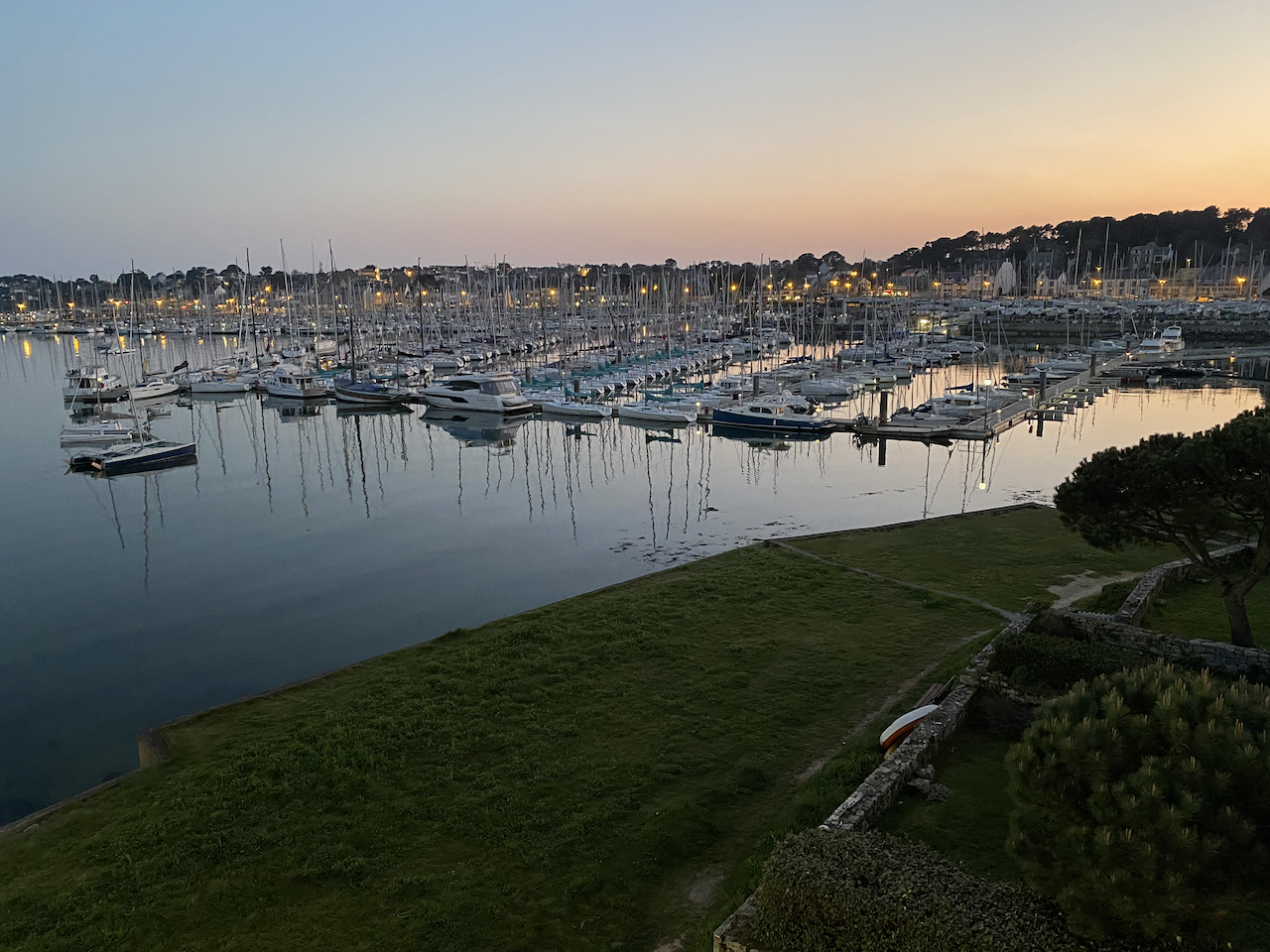Today I started the World Sailing course. But since the first session was only half a day, I took advantage of a couple of hours of free time and strolled leisurely around CEPIM’s training center in Saint-Philibert, which is situated in a recreational area outside the village. The weather was magnificent, matching perfectly the beautiful Breton landscape. Wandering through the fields and woods, I discovered some strange looking rock shelters, named Dolmens de Kerdaniel, that now I’ve just discovered that date back to the Neolithic. No wonder that the Neolithic people enjoyed taking their strolls in such a marvellous place 🙂




After this enjoyable walk, I headed back to the training center where the first session of the World Sailing course went pretty well despite my lack of profficiency in French. We learned about fire aboard a vessel, the potential causes, different types of fire extinguishers and afterwards we practiced outside how to deal quickly with such an incident. I must admit that I had zero knowledge about these cases. Some of the interesting facts that stuck in my head are:
- a 1-liter fire extinguisher with powder lasts only 7 seconds – you better be quick when you spot the flame
- if you use a powder extinguisher on the elctronics or engine, they will most probbaly be dead… but good thing is, you’re still alive!
- When the O2 inside the boat drops below 17% (in the atmosphere O2 has a ratio of 21%), you die. But the fire keeps on burning, since it still has plenty of oxygen. Thus in a boat, in case of fire, there are greater chances of dying from suffocation rather than burning… you still get burnt afterwards, since a fire that’s not dealt with in the first few minutes, completely consumes the boat in 20-30 minutes.
- When a person onboard gets burned, use a fire blanket to extinguish the fire, then press the distress button for immediate assistance. And until help arrives (even in the middle of the Atlantic ocean, help will be only 12 hours away!), use water (even sea water) to keep the skin temperature down. And don’t grab the burnt skin.
- lightning, although scary looking, is quite harmless for the boats and the people onboard, save for the electronics that might get toasted. Most race boats have the masts go all the way to the keel. And due the rigging, only a fraction of the lightning goes through the mast.
After practicing our fire-fighting skills, we went to the harbour in La Trinite where we learned how to swim with a TPS survival suit, launch a life-raft, climb into a life-raft (quite challenging with the suit on), turn a liferaft upside down and then put it back, swim under the liferaft. There is one thing I can say, TPS suits are awesome!!! You float and look like a marshmallow, you don’t feel any cold, and you are almost watertight (after over 1 hour in the sea, my base layer was almost dry, save for my sleeves that got mildly wet all the way to the elbows).
And we did all these exercises at the Class 40 pontoon, among some of the newest racers in Class 40.


And if these were not enough, the next pontoon belonged to the Ultim trimarans 🙂


To complete the day, I had to walk 2.5 km back to my hotel in Saint-Philibert. On the way I had a last view of La Trinite from the road bridge at dusk.


